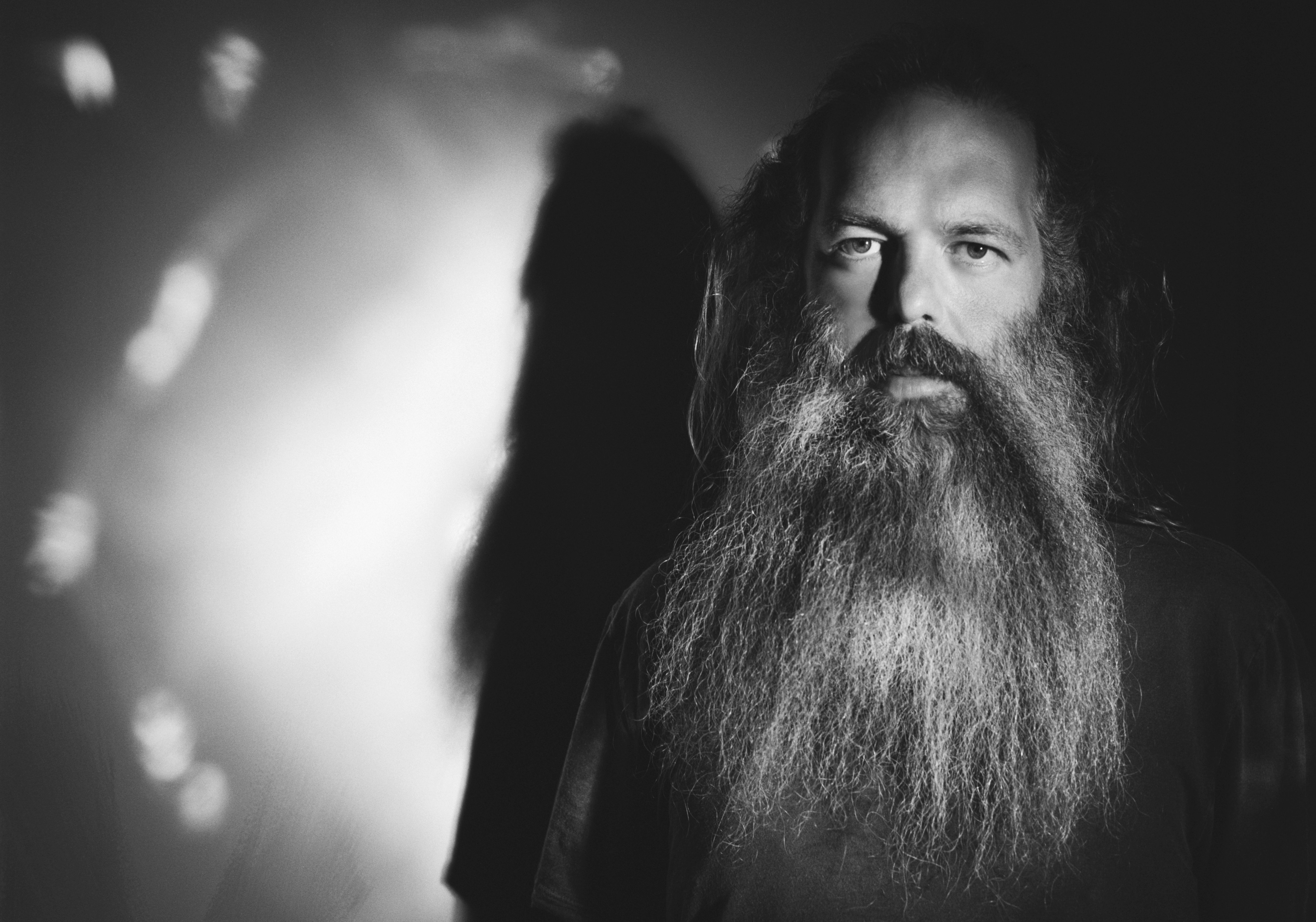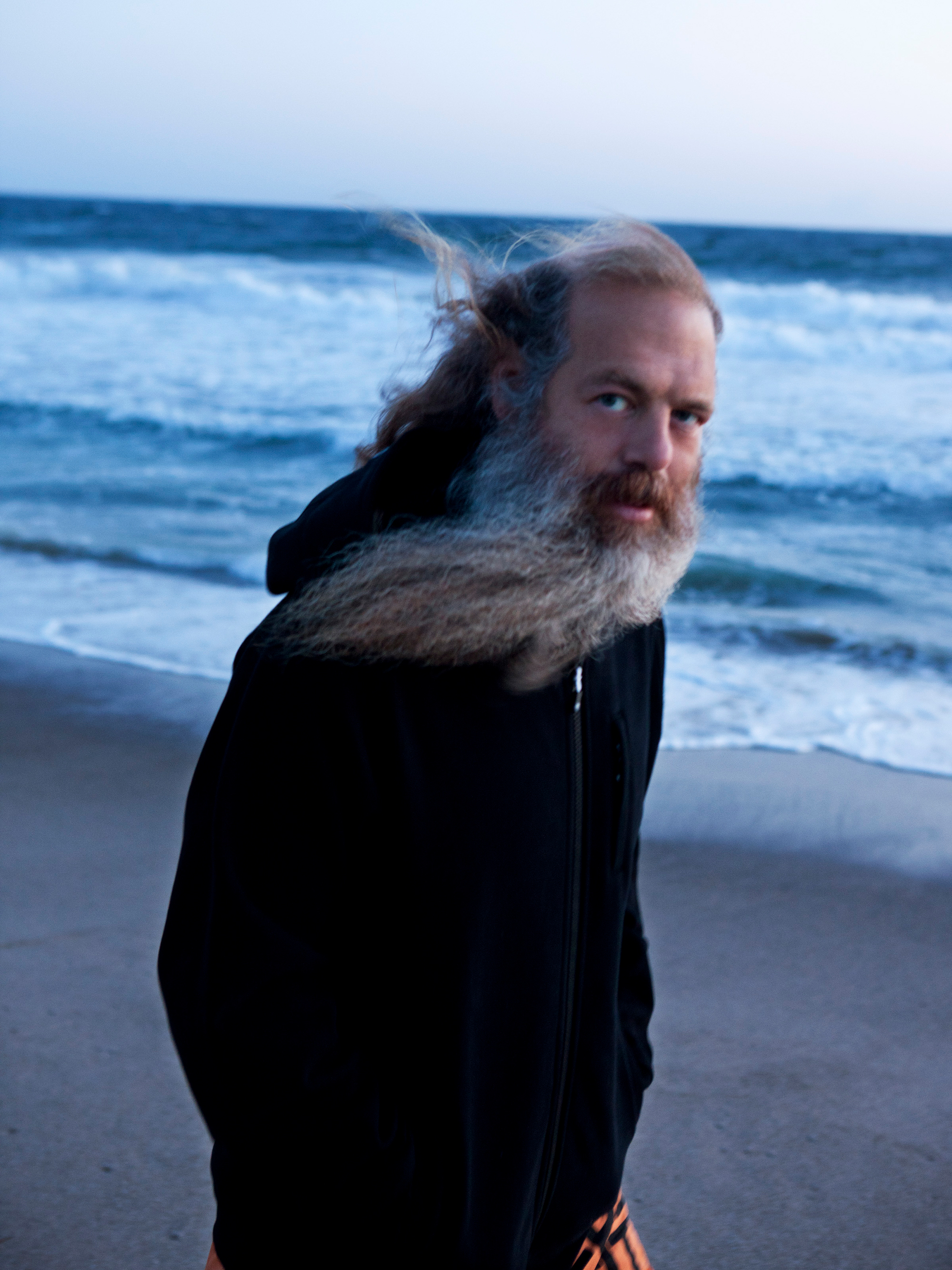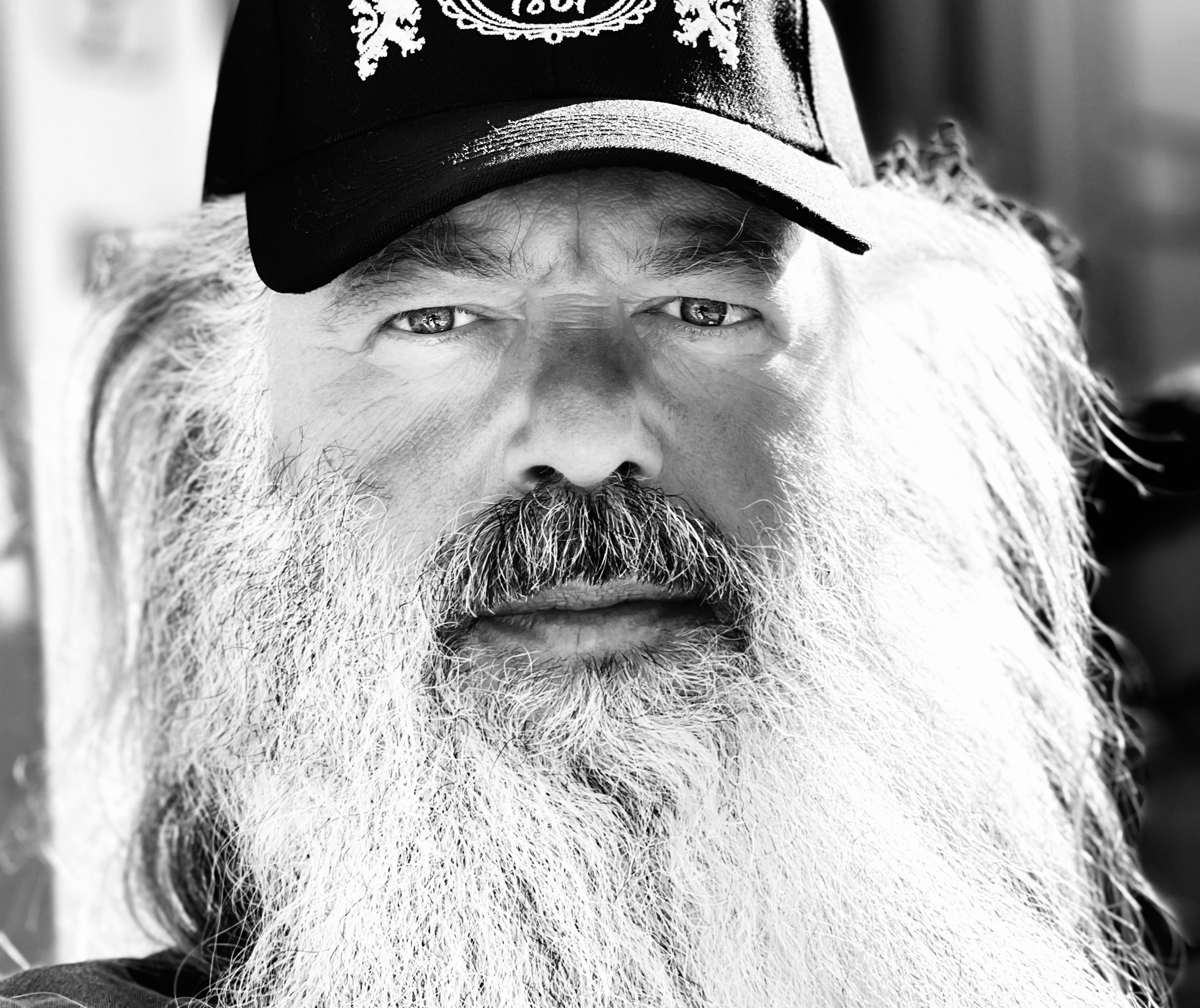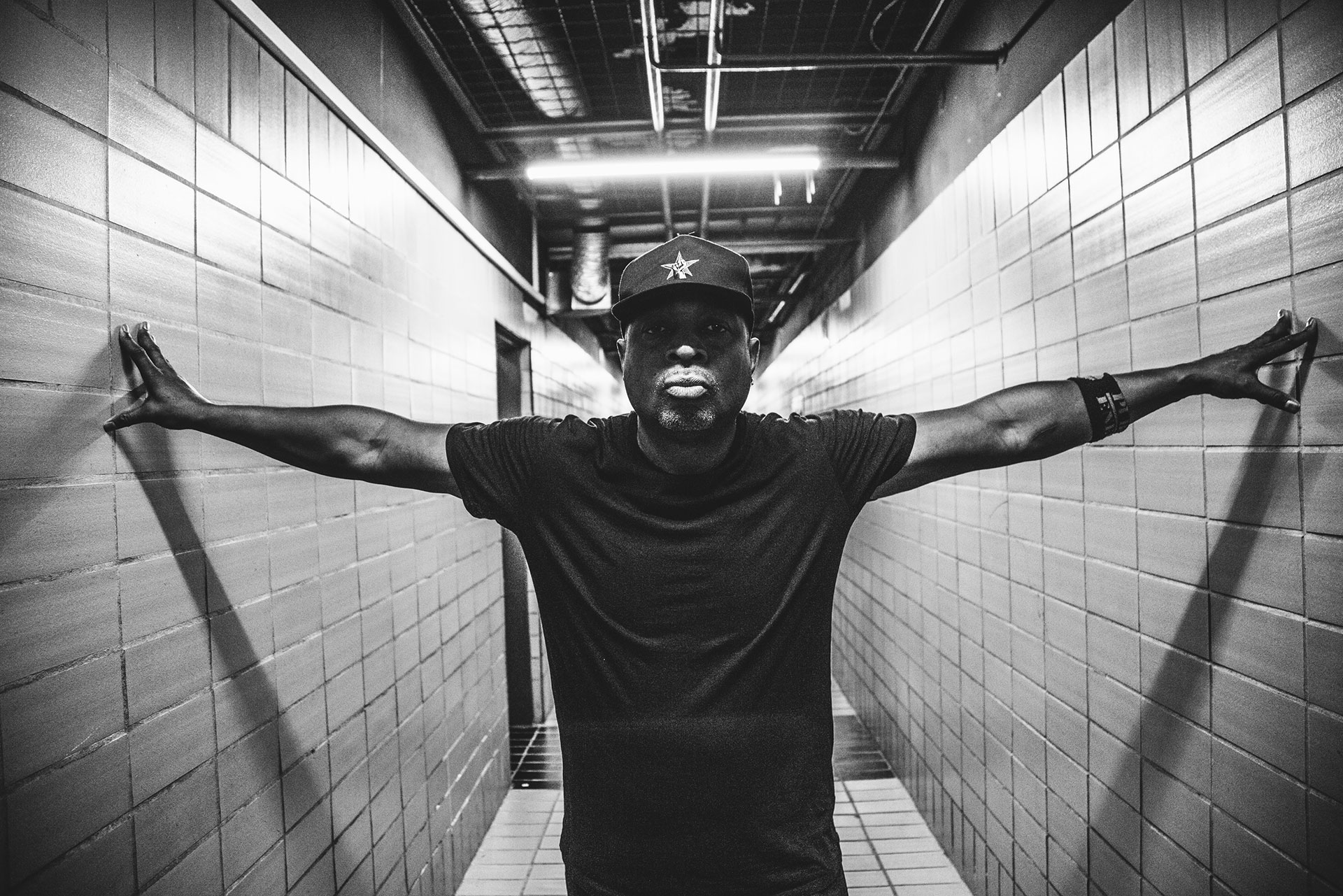
music-industry
I Almost Quit, Then I Read Rick Rubin’s Book



For example, I had an interview set with an important person at a prominent brand for a job. I planned to pitch investigating Ticketmaster and the problem of nepotism in society. The meeting was canceled and I shelved the ideas, only to see them become talking points weeks later. Meanwhile, Rubin writes: “If you have an idea you’re excited about and you don’t bring it to life, it’s not uncommon for the idea to find its voice through another maker. This isn’t because the other artist stole your idea, but because the idea’s time has come.”
There are tips for how to connect with your subconscious. He cites artists who listen to instrumentals for the first time and just start blurting out gibberish with no thought or preparation, something I’ve heard artists like Snoop Dogg and Rico Nasty claim they do.
He makes the case for utter randomness. In one passage, he suggests opening a book to an arbitrary page. Recalling a time when his doctor told him he should have his appendix removed, he picked up a book by Dr. Andrew Weli, opened it to a random page that said, “if a doctor wants to remove a part of your body, and they tell you it has no function, don’t believe this.” He opted against the surgery. While I probably wouldn’t take his medical advice, he’s really just trying to convince you to be open and let the universe guide you when you’re unsure.
He encourages experimentation and holding on to childlike wonder. He’s against competition and comparison, assuring artists that their competition is only themselves while they’re on the path of evolution. This is unlikely to ring true with the audience at large who love to compare, but it’s something any artist in the creative mode would benefit from hearing. “Putting your best effort in at each moment, in each chapter, is all we can ever hope to accomplish,” writes Rubin.
One of the most relatable sections is a bullet-pointed list of “Thoughts and habits not conducive to the work” which include, “Believing you’re not good enough,” “Abandoning a project as soon as it gets difficult,” and “Thinking you can only do your best work in certain conditions.” I’ve had every single thought on the list at one point or another, and I’m sure every artist I know can attest they’ve had them as well.
[Rubin] grapples with the tension of art vs. commerce that every professional artist must confront. What he cares about is very clear, as he succinctly writes, “The business thinks in terms of quarterly earnings and production schedules. The artist thinks in terms of timeless excellence.”
Many of the sections where Rubin reflects on his personal experiences of crafting an album sound like the story of an album I know but not one Rubin had a hand in. He describes situations where an artist is no longer interested in the completion process (DONDA 2 anyone?), and another one where an artist suddenly wants to start over because they spent too much time in one phase of crafting, citing things like “demo-itis.” He describes the difference between what he calls “experimenters” and “finishers.” He describes experimenters as people who find it difficult to complete and release work—it made me think of Dr. Dre. He describes finishers as people who move quickly to the endpoint with immediate clarity. It makes me think of prolific rappers like Lil Wayne, Future, and YoungBoy NeverBrokeAgain.
He grapples with the tension of art vs. commerce that every professional artist must confront. What he cares about is very clear, as he succinctly writes, “The business thinks in terms of quarterly earnings and production schedules. The artist thinks in terms of timeless excellence.” He also is frank about what often happens to artists who do finally blow up: “Most aspects of popularity are not as advertised. And the artist is often just as empty as they were before, probably more so.”

Ultimately, he isn’t trying to make the case for being permanently inspired in a zen-like state of boundless creativity. Instead, he advises us to continuously work towards a goal, be okay without everything being perfect, and not let the voices in our heads dissuade us from making it to the finish line. When you finally do get to the end, the world’s greatest reducer explains how to strip it down to its bare essentials.
Reading the book I was reminded of one of my favorite quotes that Roger Ebert often cited though he did not originate: “The muse visits during, and never before, the act of composition.” People often think they need some grand idea before they can start working when in fact, you need to sit down, start working, and while you’re working a grand idea will come to you.
Most of Rubin’s advice is so practical it’ll seem obvious if you actually follow through. At one point, I put the book down and started using voice dictation on my Notes app and came up with the first drafts of several ideas I’ve been thinking about. I would often press the dictation button by mistake and panic trying to figure out how to get back to a keyboard. Now I look at it as a tool that I’m going to use for every first draft. Perhaps every time I clicked it by mistake, the universe was giving me that signal like Rubin says.
There’s a great anecdote where he recounts working with a woman coming off a successful album who had lost the will to keep working. When he told her she can stop making music if it wasn’t making her happy, her face lit up because she realized she would be happier putting her work out in the world. I thought of SZA, who seemed disenchanted with the music business after CTRL and took five years to craft SOS, an even better album.
Like the anonymous artist Rubin refers to, even as I find myself ready to give up, I can’t stop. I started writing on SubStack. I don’t really know why. Maybe I am an artist, after all, compelled by some unknown force. “You’re the only one with your voice,” assures Rubin.
I’ve only had two jobs in media, I may never get a third. Maybe that’s okay, I’m going to keep writing anyway. I’ve been to Shangri-La. I know the way back.
The Court Cases That Defined The Music Industry

This week, a potential landmark case in the music industry was filed against Universal Music Group for allegedly withholding over $750 million of royalties from its artists over streams. Meanwhile, in Fulton County, a recording artist who was included in a gang indictment using his lyrics as evidence will face the legal fight of his life later this month, while his record label lies in ruins as a result.
It’s clear that, when the law crosses paths with the business of making and selling music, the course of one or the other can shift dramatically. In response to Young Thug’s case above, several states have introduced bills protecting artists’ freedom of speech whose lives and livelihoods can be wrecked by overeager prosecutors looking to score political points. Meanwhile, if Black Sheep’s class action suit against UMG proceeds, it could change the way streaming profits are shared with musicians, effecting broad-ranging changes in the way labels do business.
There have been plenty of other court cases that defined the course of the music industry. Some were copyright fights that caused new rules to be adopted — whether formally or informally — about how artists use and credit past works. Others are legal fights between artists and their labels, which prompted the latter to work out new types of deals in efforts to protect profits and attract savvier recording partners. And at least one seemed to be about artists and labels against the oncoming seismic shift caused by new technology. Here are ten of the court cases that defined the music industry.
1944 — Olivia de Havilland vs. Warner Bros. Pictures
One of the court cases that had the biggest impact on the recording industry wasn’t even about music. In 1944, actress Olivia de Havilland sued Warner Bros. Pictures after the term of her seven-year contract with the studio expired. However, much like with record contracts today, back then, actors signed to studios for a certain number of “pictures” over the course of a given term, and if they didn’t deliver, they couldn’t leave.
However, de Havilland argued that this was a violation of California labor law and that seven years means seven years. The courts agreed, forcing WB to release her; since then, numerous recording artists have used the same statute to end contracts they deem unfair, from Courtney Love and Metallica to Luther Vandross and most recently, HER. Even Kanye cited the rule during his feud with EMI and Roc-A-Fella, although a 1980s amendment allows labels to sue artists for damages if they don’t deliver the full number of contracted albums — even after seven years.
1960s — Chuck Berry vs. The Beach Boys
When the California rock band The Beach Boys basically plagiarized Chuck Berry’s 1958 “Sweet Little Sixteen” to create their 1963 hit “Surfin’ USA” (an event that was parodied in the 2006 adaptation of Dreamgirls), they inadvertently kicked off what nearly became the first copyright lawsuit in recording industry history. Although a lawsuit was never actually filed, all the royalties for “Surfin’ USA” go to Berry’s publisher Arc Music after the Beach Boys’ manager Murray Wilson struck a deal.
1990 — Queen vs. Vanilla Ice
This infamous case wound up being settled out of court, but it also laid the groundwork for future cases in which older artists expressed resentment for hip-hop’s proclivity for sampling their past hits. In 1990, upstart white rapper Vanilla Ice lifted the bassline from Queen’s 1981 song “Under Pressure.” The resulting single, “Ice Ice Baby,” became a monster hit and was hugely profitable, despite its later reputation as a novelty song.
However, the British band wasn’t too happy about it and sued Vanilla Ice over the song. Years later, it was revealed that the rapper paid for part of the publishing rights for “Under Pressure,” while giving credit to the original writers. Although he claims he bought the rights from the band outright, they refuted it, saying that a profit-sharing agreement was reached.
1990 — Roy Orbison vs. 2 Live Crew
Another landmark case revolving around the use of sampling in hip-hop, this one went all the way to the Supreme Court before all was said and done, and laid down some ground rules about how sampling can work. After requesting the rights for Roy Orbison’s “Oh Pretty Woman” and being denied, the group went ahead and released their parody track, “Pretty Woman” anyway in 1989. 2 Live Crew argued that their version constituted “fair use” which allows for parody.
After going through a federal district court and an appeals court, the Supreme Court ruled that 2 Live’s “Pretty Woman” does fall under fair use. However, not many artists have tried to use this defense in the years since — in part because parody tracks have fallen out of favor in hip-hop (although Weird Al is still cranking them out) and in part, because no one really wants the headache.
1990 — 2 Live Crew vs. Decency
Poor Uncle Luke. The 2 Live Crew spent a massive part of their early career battling legal enemies when they should have been enjoying the sort of debauchery that defined much of their creative output. In this case, the Broward County Sheriff’s Office had issued an edict that any stores selling 2 Live’s 1989 album As Nasty As They Wanna Be would face arrest on the grounds of obscenity. 2 Live fought back, filing suit in federal district court. Although an initial judge agreed with the Sheriff, an appeals court overturned the ruling, and the Supreme Court backed it up by refusing to hear a second appeal. Despite the raunchy material, the appeals court decided that the music itself had artistic value and that the band being “nasty” wasn’t enough to ban them outright.
1994 — Tupac Goes To Prison
This was impactful less as a matter of how it changed the rules of the game and more as how it changed the substance — even if indirectly. When Tupac was sentenced to 18 months in prison on rape charges (he eventually served just eight), he became something of a folk hero to a fanbase that felt he was railroaded by a racist system, emerging from prison more popular than ever. This set a precarious precedent in hip-hop, but it also helped to solidify what the genre looked like and represented. “Thug life” more or less became the default expression of the art form and Tupac became its avatar.
So many artists now have at least a little of his DNA in their flow, business moves, and public personas and this was arguably the start of his iconic status. After his prison stint, fans were so ravenous for new music that his final two albums, released during and after his sentence, both went No. 1 after he’d previously only managed to peak at No. 24. We certainly see echoes of that in artists such as 21 Savage and the support for Young Thug.
1994 — Prince Vs. Warner
Also in 1994, Prince waged his infamous one-man war on his label, Warner, for control over his music. By now, you’ve undoubtedly heard of how he changed his name to an unpronounceable symbol in an attempt to free himself from his contract, or how he wrote “Slave” on his face to protest his inability to release music how and when he wanted under those contract terms. Ever since then, artists have spoken out about how they disagree with label practices — whether they’re practical or not — and ownership of their creative output, and any number of them, from Kanye to Megan Thee Stallion to New Jersey rapper Russ, have taken the Prince route to freeing themselves from the constraints of the major system.
2000 — Metallica vs. Napster
The first case of an artist suing a peer-to-peer file-sharing company, Metallica’s victory over Napster not only effectively ended Napster’s reign over the distribution of music, it basically opened the door for the whole streaming era in which we currently find ourselves. P2P sharing was never effectively ended, but it was forced underground, eventually evolving into the download sites that fueled the so-called “blog era.” It also demonstrated the viability of digital distribution, first in the form of .mp3s, and later, as streams, as fans had demonstrated that they were willing to adopt the new technology in lieu of only purchasing physical media.
2000s — MusicNet and PressPlay
Of course, the above transition wasn’t quite as smooth as that sentence may have made it out to be. In the early 2000s, the labels’ early attempts to get into the music-streaming game, MusicNet and PressPlay, weren’t quite as user-friendly as Spotify and Tidal would later turn out to be. But that wasn’t the only problem. The US Justice Department investigated the apps for antitrust violations, suspecting that the labels were suppressing competition and inflating the price of downloads.
Once iTunes hit the scene, though, the labels closed up shop on MusicNet and PressPlay, instead shifting their business models from trying to dominate the streaming space with their own propriety platforms in favor of partnering with tech companies who could do the concept justice.
2014 — Marvin Gaye Estate vs. Robin Thicke & Pharrell Williams
In a case that changed the standards for just what constitutes copyright infringement, the estate of Marvin Gaye alleged that Robin Thicke’s Pharrell-produced hit “Blurred Lines” illegally reproduced Gaye’s 1977 soul staple “Got To Give It Up.” A court agreed that, even without direct plagiarism of sheet music or lyrics, the later song certainly reproduces a lot of the sound of the original — enough that $5.3 million and 50 percent of all future royalties of the song were awarded to the Gaye estate.
This opened the door (and a couple of windows) for all kinds of copyright cases, with everyone from upstart rappers to established producers alleging plagiarism for even the slightest similarities in tone, style, lyrics, or instrumentation. And while a significant portion of those is getting chucked out, they’re likely to keep coming until another ruling draws firmer boundaries around what’s protected and what isn’t.
Some artists covered here are Warner Music artists. Uproxx is an independent subsidiary of Warner Music Group.
Ashanti Reflects On Sexual Harassment In The Music Industry
Ashanti recently opened up on the sexual harassment she’s dealt with in the music industry over the years. Speaking with People, she reflected on the highs and lows of being a female artist.
“Honestly, I’m not sure if another artist would be able to deal with what I’ve dealt with,” Ashanti remarked to the outlet.

Ashanti explained that she’s always felt more like a “tomboy” and thus frequently found herself in rooms alone with men.
“I was always a tomboy, so I felt right at home with a bunch of big brothers,” she added. “If there was a beat I wanted, and another rapper on the label wanted, we would have to battle it out, and whoever wrote the best record got the beat. So, it made me stronger.”
The iconic singer also discussed a time when a male producer offered to help her with two songs for free. Afterward, he went back on his proposal and demanded she either shower with him or pay $40,000 for each track.
“I really, genuinely thought he was joking. You can feel like someone’s cool, and in the back of their mind, they have an ulterior motive,” she said. “Things like that can happen to Ashanti, so it can happen to anyone — and I’ve heard worse stories.”
Elsewhere in the interview, Ashanti discussed marriage and wanting to start a family. She says she has to “make sure it’s with the right person.”
Looking forward, Ashanti says she’s got an album in the works as well as a documentary about her life. Additionally, she’s working on a re-recorded version of her debut album.
[Via]
Scooter Braun Has ‘Regret’ Over Taylor Swift Catalog Controversy, Says He ‘Learned an Important Lesson’

MF DOOM’s Widow Says Music Exec Refuses to Return Late Rapper’s Rhyme Books

Meek Mill Offers $10M Bet to ‘Corporate’ Industry People Who Doubted Him: ‘Y’all Said I Was Over at Least 5 Times’

How Interscope Executive Nicole Wyskoarko Carved Her Path to Success in the Music Industry

-

Image via Nicole Wyskoarko -

Image via Nicole Wyskoarko
Zendaya Explains Why She Doesn’t Have Interest in Being a Pop Star


